
New Skanpol Hotel - the most popular hotel facility in Kolobrzeg, which has been offering hospitality services in the center of the city near a picturesque park 15 minutes walk from the sea for more than 50 years. New Skanpol, in addition to its convenient location, offers its guests many leisure activities. It is an ideal hotel by the sea, where you can spend both a SPA weekend and a family vacation.
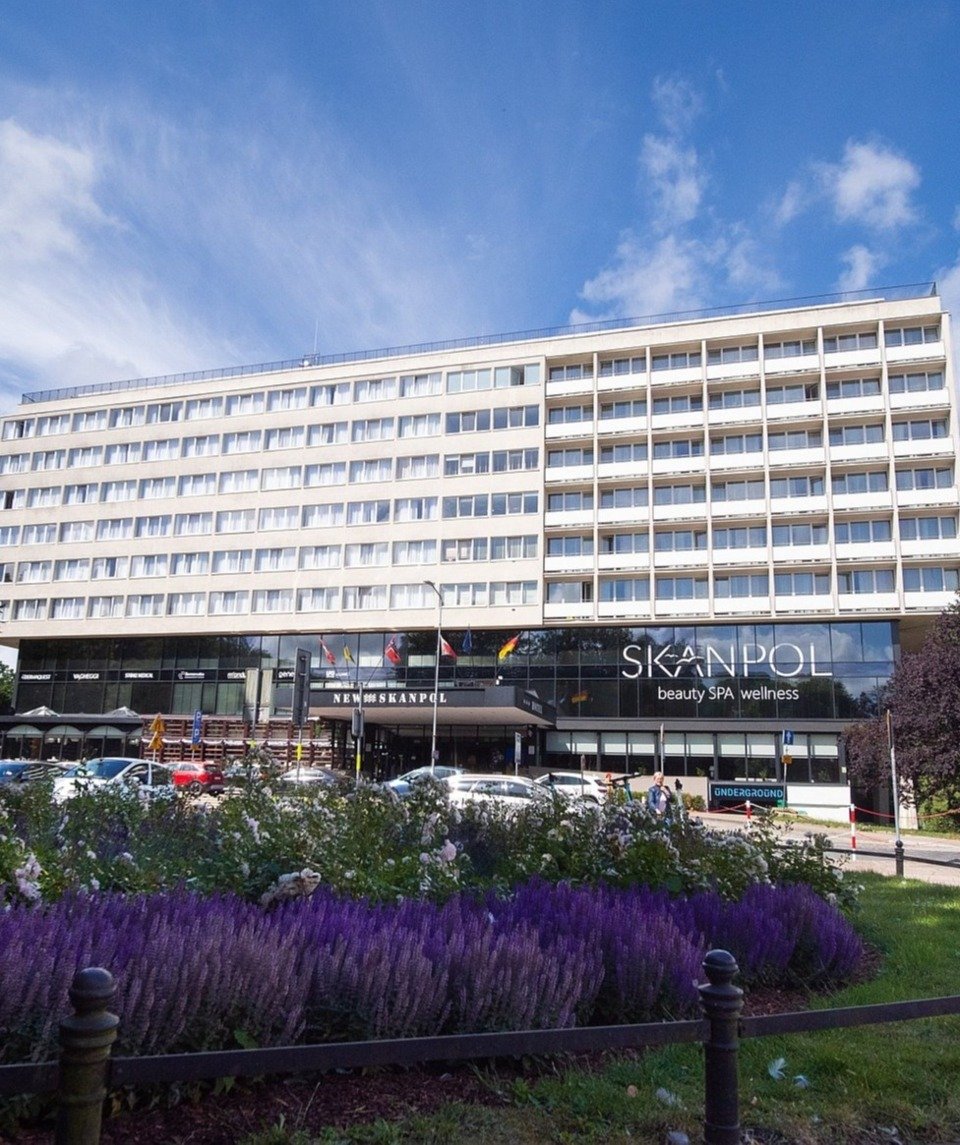


Aqua Center - welcomes hotel guests 7 days a week. Use of the pool, dry sauna, steam room and Jacuzzi is free of charge for hotel guests.
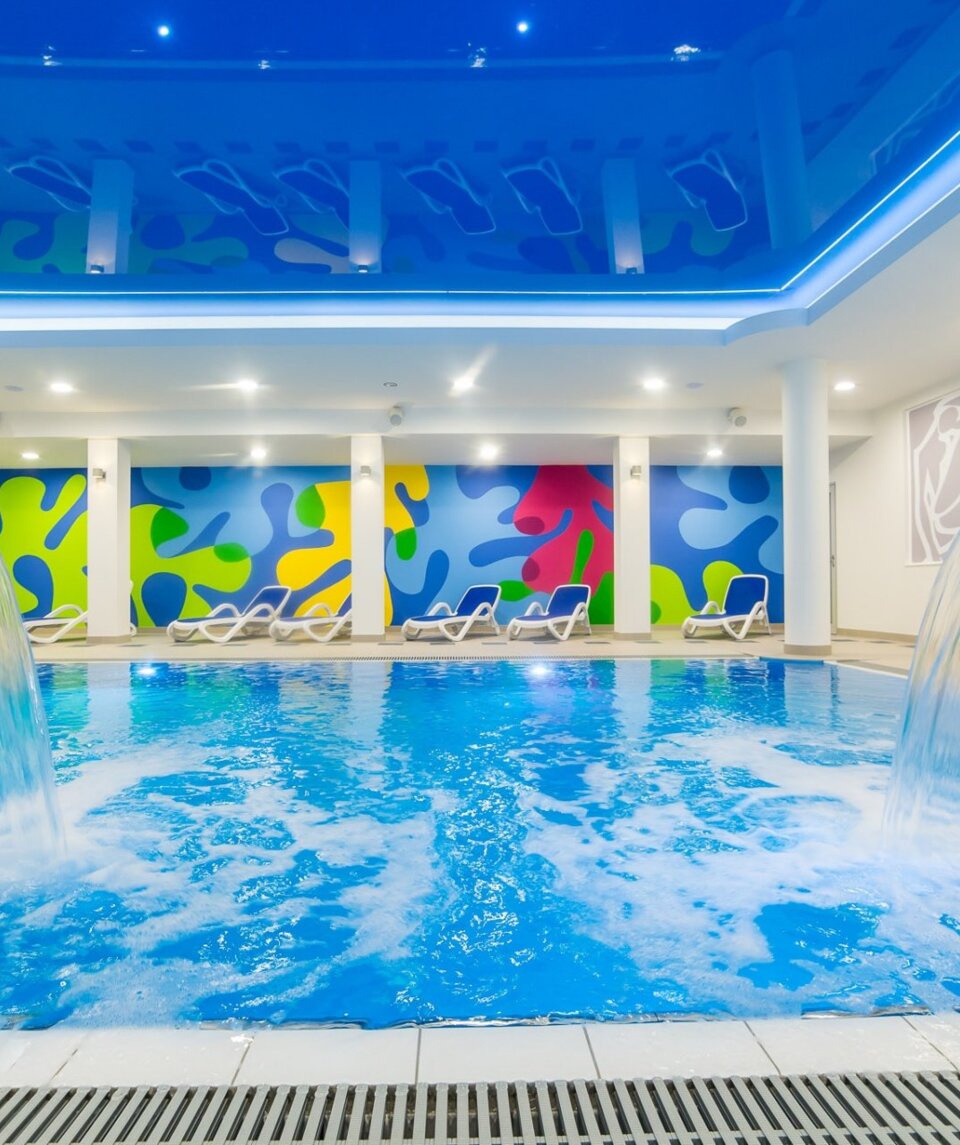
A wide range of massages, physiotherapy and beauty treatments, as well as the opportunity to purchase natural Kolobrzeg cosmetics, all available from Monday to Saturday at the Wellness Center.

The Fitness Room is equipped with strength and conditioning equipment, allowing beginners as well as advanced users to train.
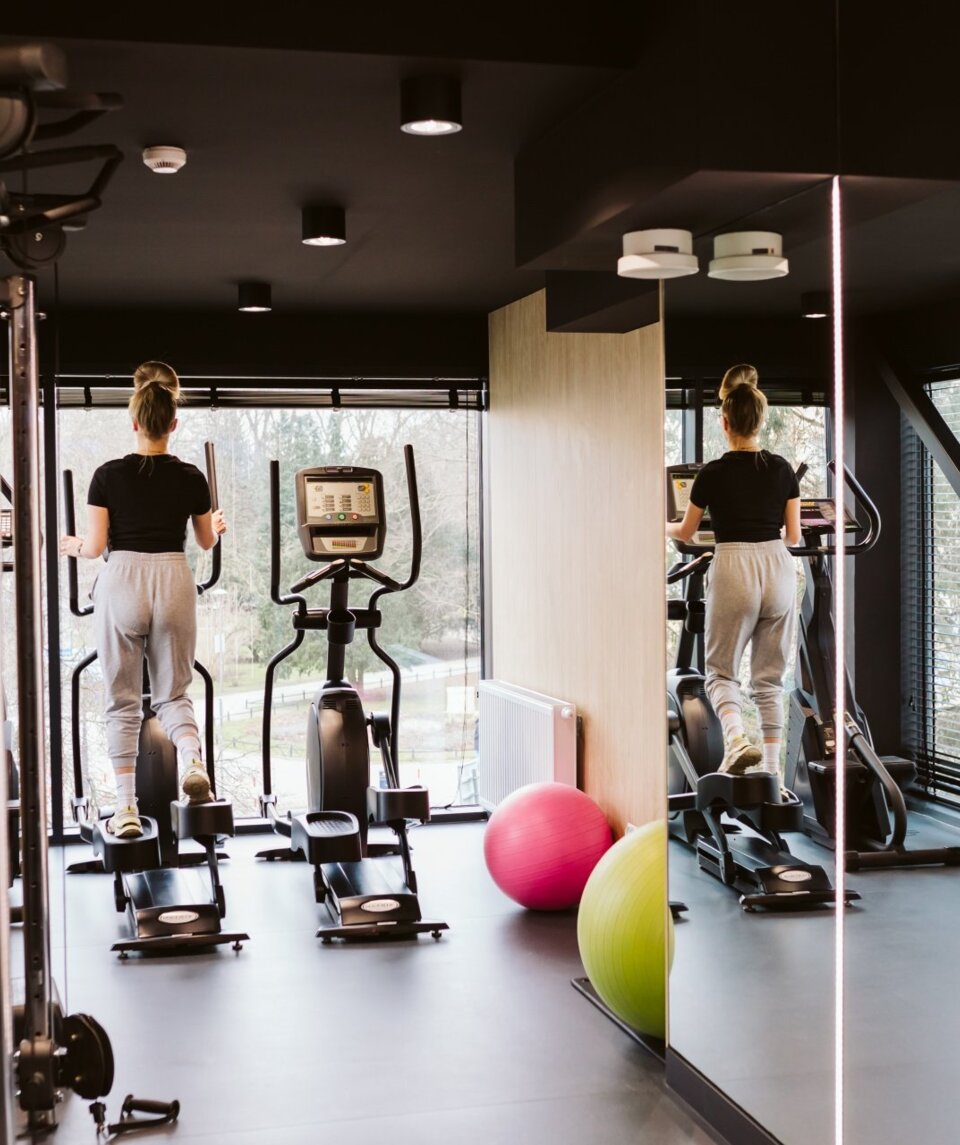

Chef Andrzej Jakomulski's original cuisine, sets Sublima restaurant apart from other Kolobrzeg establishments. Check out the unique and surprising flavor combinations. We invite you to join us every day.
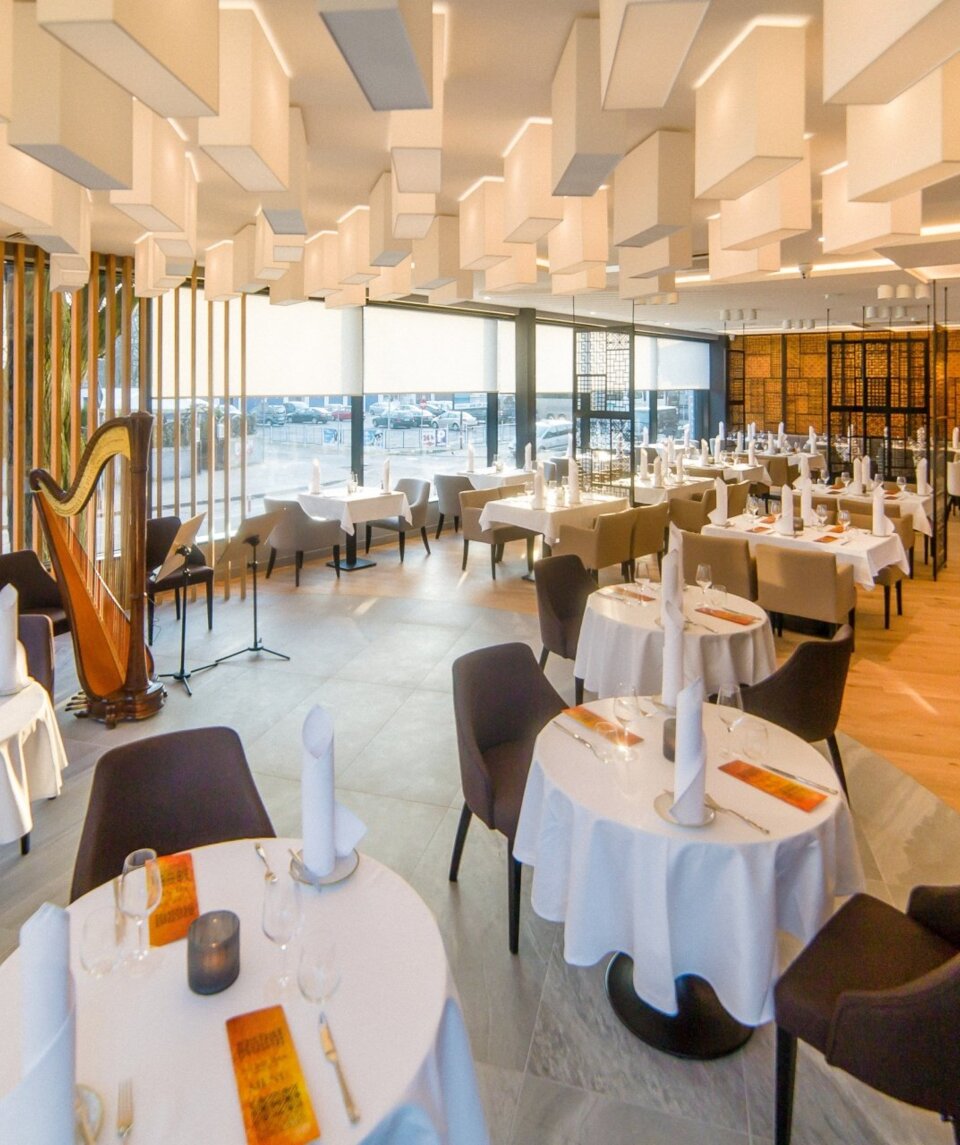

Every Friday and Saturday from 10:00 pm until dawn, "Underground" - the night club with the longest tradition in the city - welcomes you. Resident DJ Sasha Dubrovsky is responsible for the fun.
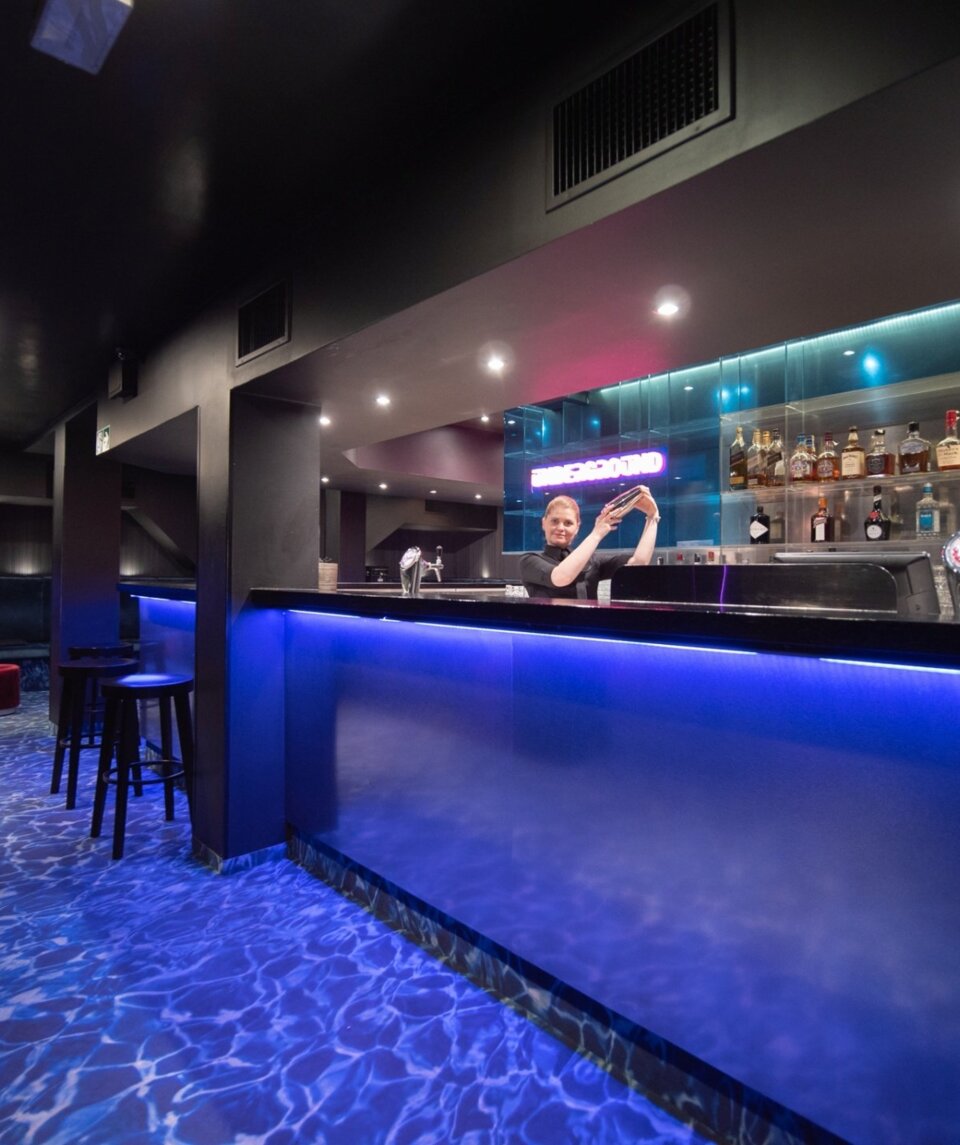
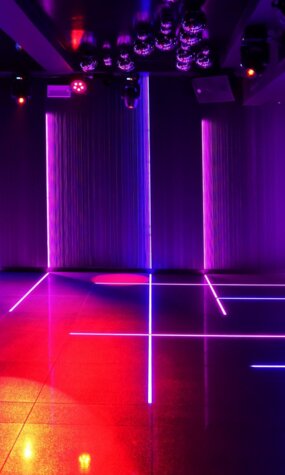

Join the ranks of our guests! See for yourself!
New Skanpol*** Hotel by the Sea
Check our TERMS & CONDITIONS